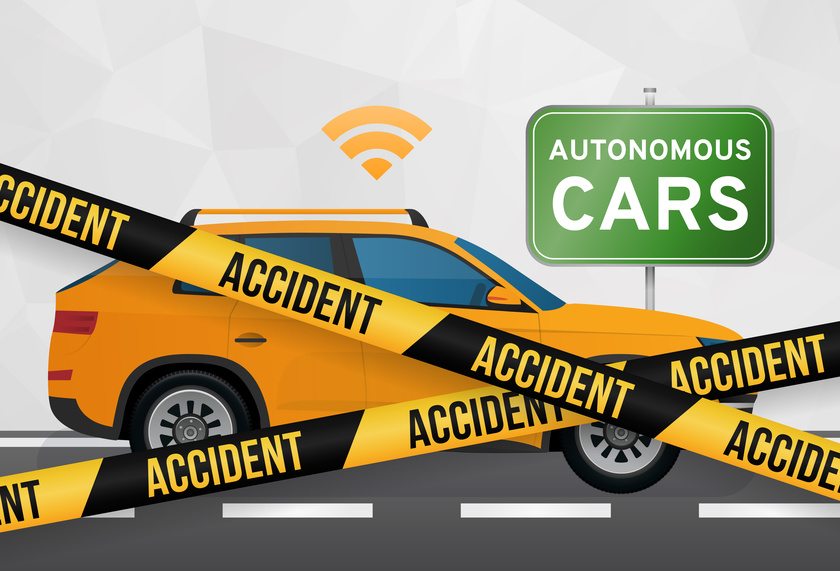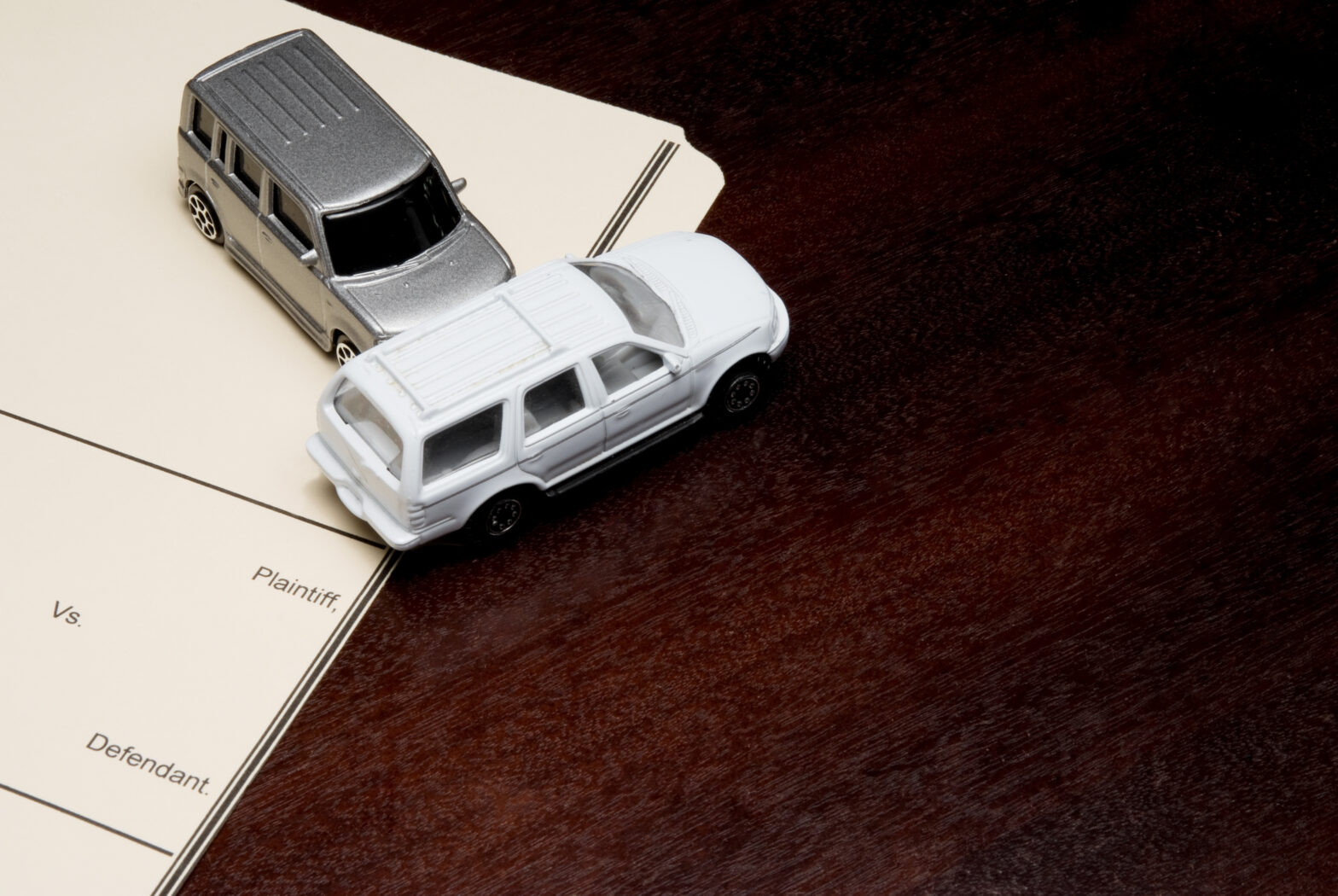As technology becomes more integral to our every waking moment, it should make people’s tasks easier. They can access seemingly endless information on their smartphones, concoct meals with high tech kitchen gadgets, and even talk to electronic assistants in their homes.
But what if some of these technologies actually made people’s lives more dangerous?
For some inventions, this could be the case. With cars cruising the streets without a driver, drones whipping through the sky, and hover-boards catching on fire, it needs to be determined: what could these technologies mean for personal injury law?
>See also: How Pokémon Go and other new technologies are reshaping the law
Self driving cars: a joy ride or a crash risk?
Several tech companies are racing to put autonomous vehicles on the road, making them one of the most anticipated technologies of the early 21st Century. Google’s self-driving vehicles, also known as Waymo, are driving in four cities and have collectively driven a total of 2 million miles.
While these cars hold exciting potential to prevent drunk driving and other types of risks, they could also hold potential for accidents. Autonomous vehicles are five times more likely to crash than traditional cars, as they log 9.1 crashes per one million miles.
This compares to 1.9 crashes per one million miles experienced by regular vehicles. Due to this risk, passengers are four times as likely to be injured in an autonomous vehicle.

Hover-boards: exploding into the headlines
This popular 2015 holiday gift made headlines for catching on fire due to faulty batteries. In July 2016, the U.S. Consumer Product Safety Commission oversaw the recall of 501,000 of these imported products, as the Underwriters Laboratories did not certify them as safe.
>See also: How public liability insurance can protect businesses
The majority of these product combustions were frightening at most, but they became much more serious in March 2017 when a faulty hover-board caused a massive house fire and killed two children. This was the first death of this kind, adding to the alarm surrounding these products.
Drones: the newest traffic risk
Drone sales tripled in 2015 to reach a total of $200 million in sales, according to a 2016 report. As owners maneuver their products through the air, they may experience near misses with planes, humans, and other objects.
In 2016, the FAA received 159 monthly reports of drones flying too close to aircrafts. Closer to the ground, these small machines are making contact with people. In 2013, a drone fell out of the sky at a public event in Virginia and four people walked away with minor injuries.
Who is liable when someone is injured by technology?
If someone is hit by an autonomous vehicle, for example, who takes responsibility? The manufacturer? The auto company? The software engineer? The car operator? Personal injury lawyers say that the answer is far from simple, as auto companies are also becoming tech companies with the rise of these driverless cars.
>See also: Is China’s new cyber security law a threat to international businesses?
Sticking with the example of driverless cars, the National Highway Traffic Safety Administration recently wrote a letter to Google hoping to clarify this exact question. They declared that if someone is operating a self-driving car, the car is the driver, not the human.
Many experts believe that this could make the dilemma a product liability issue, making car manufacturers liable for any accidents that happen. Clearer interpretations on liability could also change the way that insurance companies write and price policies, changing the definition of the “driver.”
As technology becomes more intelligent and independent, personal injury lawyers are preparing for any legal implications. State and federal courts will need to prepare as well, specifying regulations for the rapidly evolving role that tech has in our lives.
![Technology's Impact on Personal Injury Law [INFOGRAPHIC]](https://informationage-staging.s3.eu-west-2.amazonaws.com/uploads/2017/05/Technologys-Impact-on-Personal-Injury-Law-INFOGRAPHIC-241x1024.jpg)
Sourced by the personal injury attorneys at The Law Offices of Craig L. Cook
Nominations are now open for the Tech Leaders Awards 2017, the UK’s flagship celebration of the business, IT and digital leaders driving disruptive innovation and demonstrating value from the application of technology in businesses and organisations. Nominating is free and simply: just click here to enter. Good luck!







